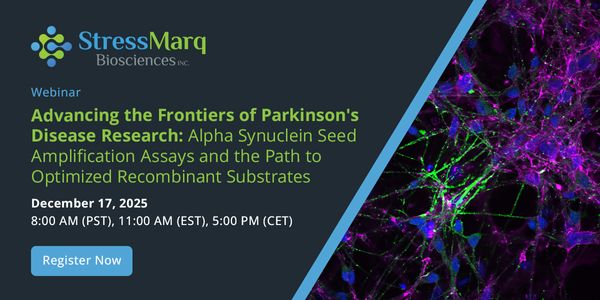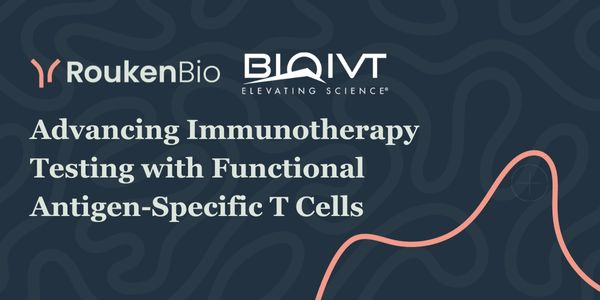Optogenetic Tools for Manipulating Protein Localization and Signaling at Organelle Contact Sites
Intracellular signaling processes are frequently based on direct interactions between proteins and organelles. A fundamental strategy to elucidate the physiological significance of such interactions is to utilize optical dimerization tools. These tools are based on the use of small proteins or domains that interact with each other upon light illumination. Optical dimerizers are particularly suitable for reproducing and interrogating a given protein-protein interaction and for investigating a protein’sintracellular role in a spatially and temporally precise manner. Among them, Magnets are small modules engineered from the Neurospora crassa photoreceptor Vivid by orthogonalizing the homodimerization interface into complementary heterodimers. Both Magnets components, which are well-tolerated as protein fusion partners, are photoreceptors requiring simultaneous photoactivation to interact, enabling high spatiotemporal confinement of dimerization with a single-excitation wavelength. However, Magnets require concatemerization for efficient responses and cell preincubation at 28oC to be functional. Here we overcome these limitations by engineering an optimized Magnets pair requiring neither concatemerization nor low temperature preincubation. We validated these “enhanced” Magnets (eMags) by using them to rapidly and reversibly recruit proteins to subcellular organelles, to induce organelle contacts, and to reconstitute OSBP-VAP ER-Golgi tethering implicated in phosphatidylinositol-4-phosphate transport and metabolism. eMags represent a very effective tool to optogenetically manipulate physiological processes over whole cells or in small subcellular volumes.
Affiliations:
1 Howard Hughes Medical Institute, Janelia Research Campus, Ashburn, VA 20147, USA.
Learning Objectives:
1. Identify the variety of the tools available for inducible dimerization
2. Outline the features and unique characteristics that determine the appropriateness of a given dimerization tool for one’s desired application.
3. Investigate the most important features of optical dimerization tools that should guide in the choice of the most suitable to modulate intracellular reactions.






